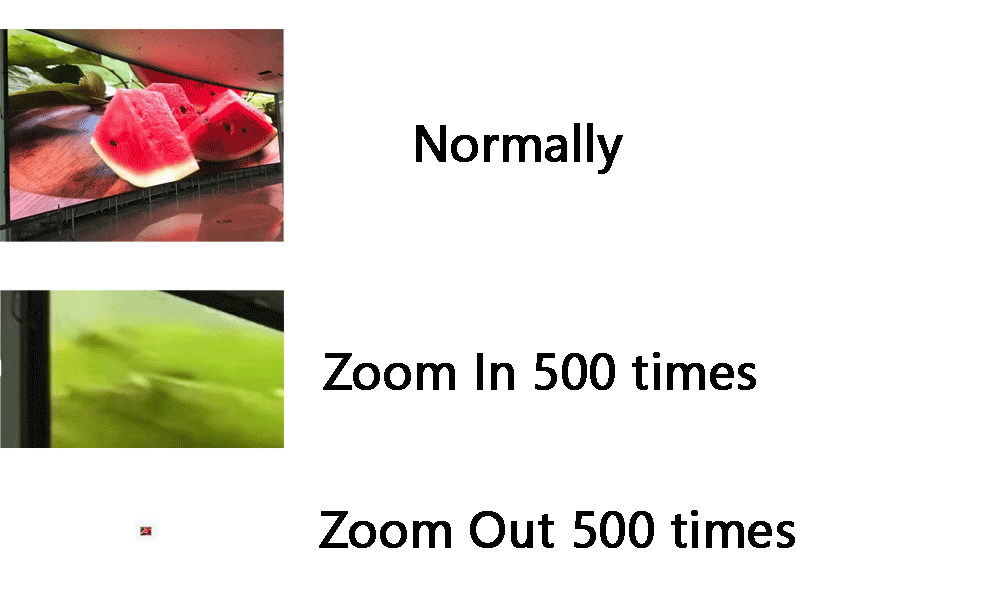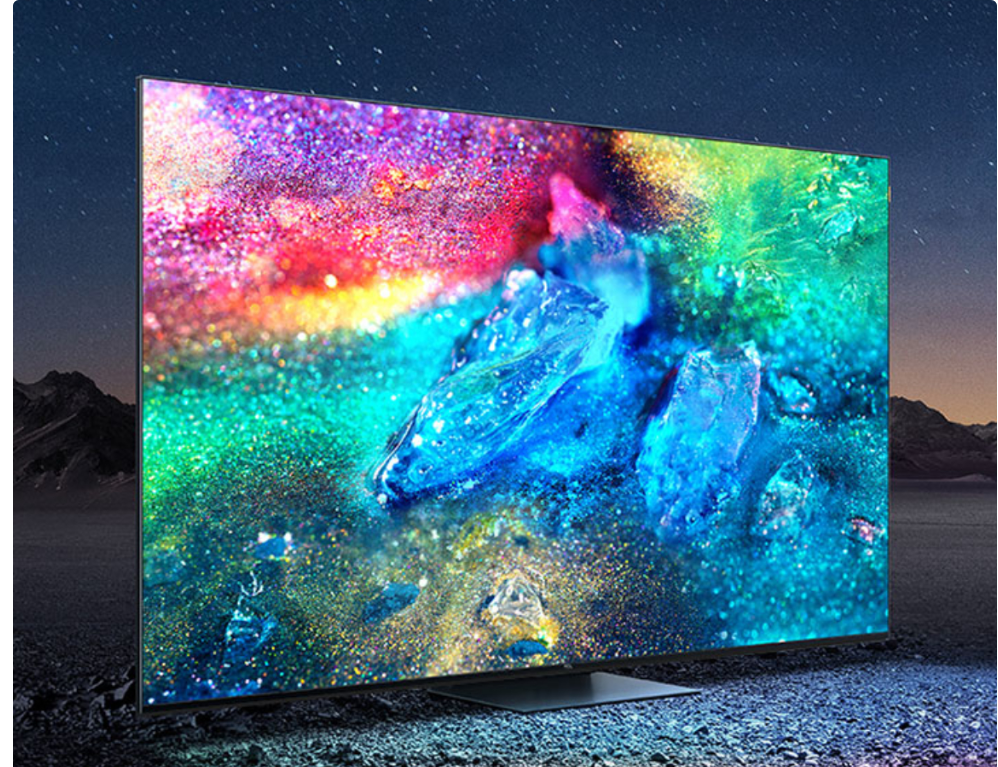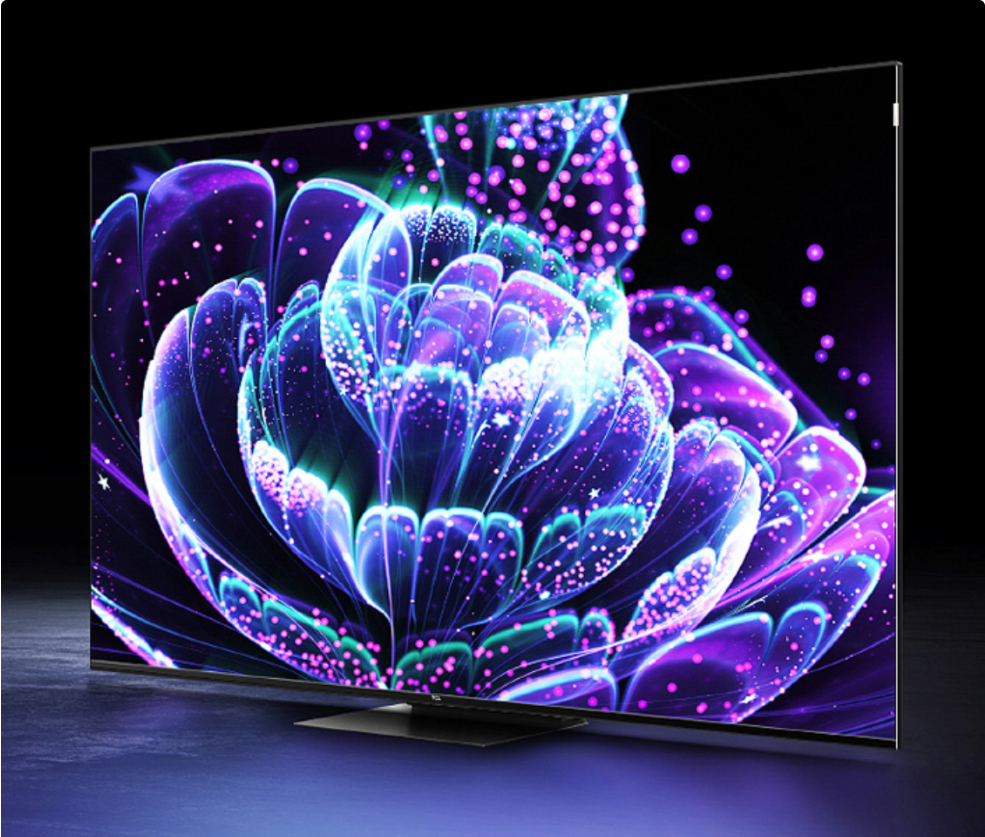Today, LED displays can be seen almost everywhere in the city, whether it is a traffic display that directs traffic or a large-screen advertisement on an outdoor building, it can be seen. So, does something like an LED display mean that the more pixels you choose, the better?
With the advent of the 5G and 8K era, display devices will be everywhere, giving people an immersive experience. Ultra-high-definition large-size LED displays will become the future trend, and the miniaturization of size will bring about a major innovation in the supply chain of LED displays.
When it comes to LED display, everyone is more concerned about the size of the pixel pitch, the size of the chip device, the packaging technology route, and the control system is rarely mentioned. In fact, the control system is also a very critical part of the entire display system and plays a vital role, because the LED control system can control the fidelity of the picture.
For a simple example, such as an 800*800 picture, it looks very clear when it is not zoomed and enlarged. But if it is enlarged to 500%, it will be more obvious at the edge of the image at this time. If the small square is placed at 1000%, the image will not be clearly seen. Similarly, if the image is reduced, the same effect will appear.

How to solve this problem? In the LED display, it is necessary to use the LED control system to control the screen, so that whether it is zoomed in or zoomed out, it will not affect the display effect of the screen. Let’s first understand the LED display system. How the control system improves picture quality.
What is the display control system architecture
The controller and receiver are collectively referred to as the LED display control system, which is one of the core components of the display. It is mainly responsible for converting external video input signals or onboard multimedia files into digital signals that are easy to identify on the LED large screen, so as to light up the LED large screen device.
Two Key Factors to Improve Display Quality
In the 8K display era, in order to meet the audience’s high-definition and real experience needs, it is necessary to improve the display quality of LED displays, especially the display quality, mainly in two aspects: more pixels and better pixels.

What are the two key factors to improve the quality of LED display?
1. More pixels, LED miniaturization and display point pitch reduction can achieve more pixels, in addition, on the control system, the bandwidth of the controller’s sending and receiving is to limit the display screen to obtain more pixels another factor.
The transmission rate of the traditional controller is 1G. To achieve 8K@60Hz display effect, at least 64 network cables are required. In contrast, the new-generation control system COEX developed by Nova Technology has a transmission bandwidth of 5G. To achieve the same display effect, the number of network cables required is only 1/4 of the traditional one.
2. Better pixels, it is proposed that the better the pixels of the display, the higher the picture quality. For a display to present better picture quality, the first problem to be solved is uniformity.

The traditional calibration technology cannot meet the calibration requirements of Mini/Micro LED displays, making the uniformity problem more and more difficult. The new calibration technology came into being, and the LEDpm controller solved the uniformity problem through the following three aspects:
- — Scientific-grade calibration camera improves sampling accuracy
- — CIE-XYZ filter simulates human eye perception
- — Algorithm and process optimization to eliminate light mixing interference
Also, the image is rendered in grayscale and color. At present, three important factors that affect the image quality of the display screen are: the gray scale is not fine, the gray scale is not accurate, and the color is not correct. In order to solve these problems, LEDpm has developed a series of technologies, including image quality engine technology, which enhances the grayscale expression of the display screen by increasing the number of grayscales, solving grayscale color casts and fine-scale grayscale correction; Intelligent color management management, effectively control the color gamut of the display screen, and adjust the color gamut of the display screen by means of complementary colors to achieve better color display effect.
There are many technologies like the image quality engine, which are developed around the goal of having more pixels and better pixels, and have formed a series of technology groups. For the future, Mini/Micro LED is based on the display battlefield, and strives to seize market share with LCD and OLED.